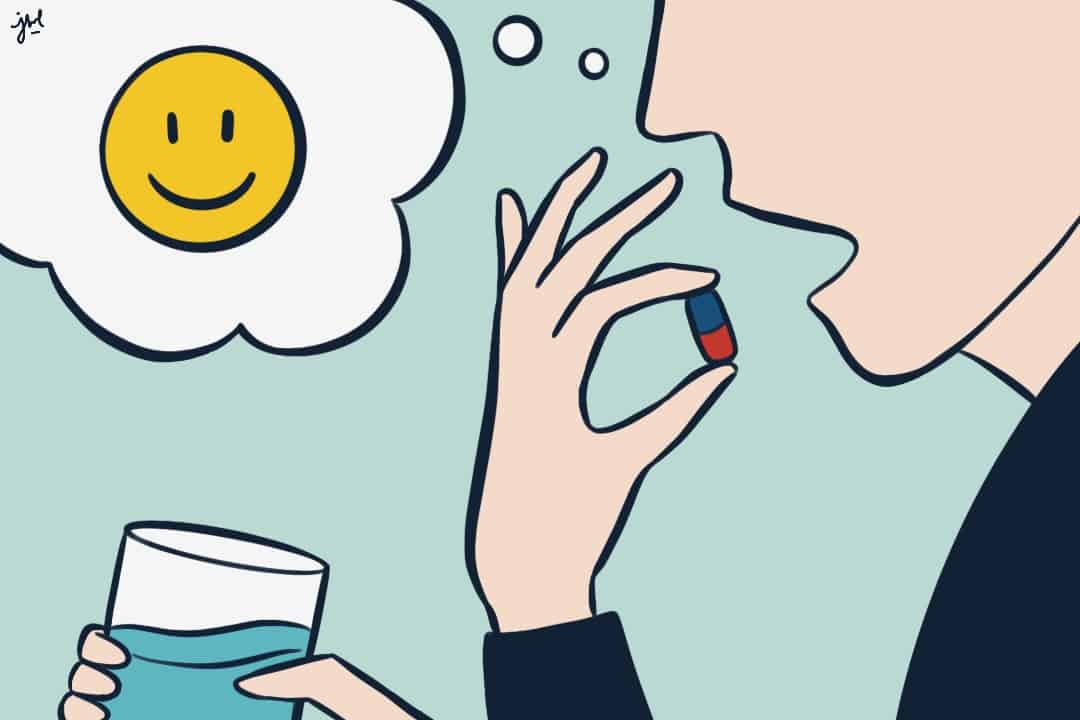In the 1940s, at a time when supplies were low, World War II medic Henry Beecher administered saline solution to injured soldiers, claiming it to be morphine. Up to 40 per cent of soldiers responded as if the saline solution was the pain-relieving medication. The soldiers’ belief in the medication treated their pain.
This is known as the placebo effect, meaning people will feel the effects of therapeutic treatments, even when what they have received does not have real medicinal properties.This response to a ‘fake’ treatment, or treatment with no inherent therapeutic properties, is known as the placebo effect.
Strangely enough, people will display effects of recovery from ailments even when they have been told the treatment is a placebo. In a 2021 Harvard-affiliated study assessing drug efficacy for migraines, one group was given real medication — labelled with the real drug name — a second group was given a placebo — labelled “placebo” — and the third group was given no treatment. The placebo was about 50 per cent as effective in providing migraine relief as the real drug.
This is not simply a psychological trick or a result of classical conditioning. These responses to a placebo intervention can manifest physically. One of the most common areas of research on the placebo effect occurs in the realm of pain management, in which researchers have discovered that a placebo intervention in a patient can cause the brain to release naturally occurring endorphins, reducing pain and stress.
Research on the placebo effect is ongoing. Scientists are investigating not only how the placebo effect elicits relief, but also how they can harness it to improve and advance medical treatments.


